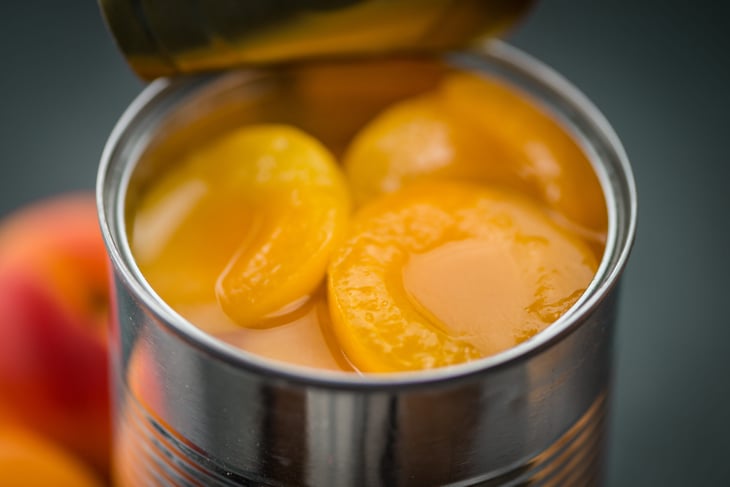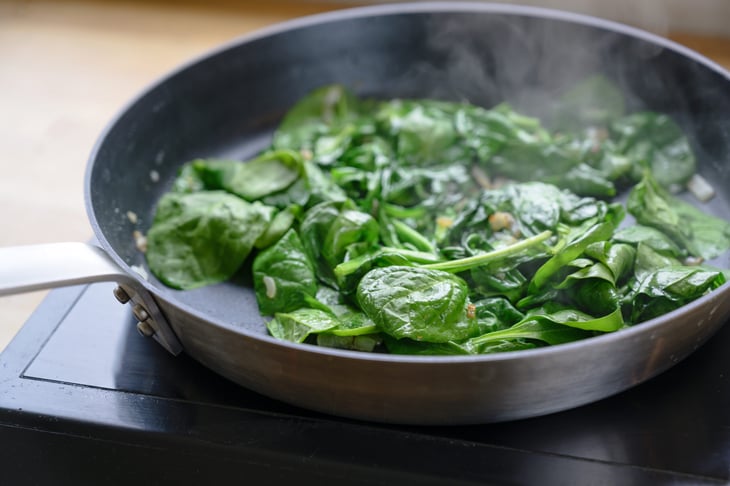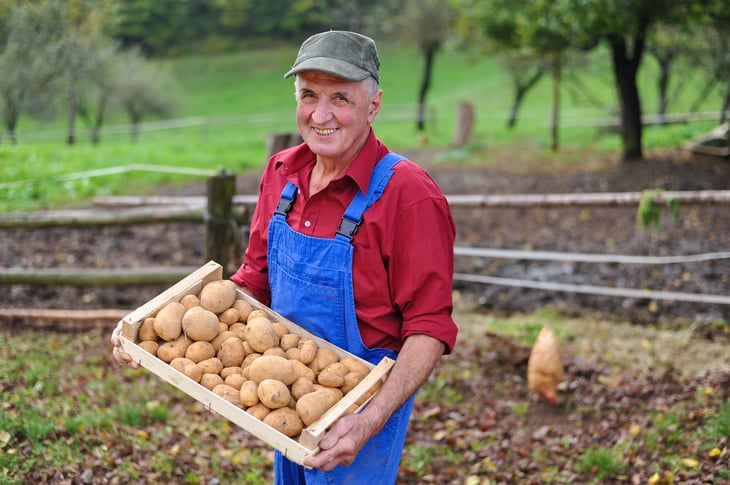
Are you worried that you’re destined for high blood pressure because your parents had elevated numbers? It’s generally true. Family history is a factor, along with age, stress levels and pre-existing health conditions like diabetes. But even if you’re genetically predisposed to high blood pressure, there are factors within your control.
Quitting smoking, reducing alcohol intake, losing weight and managing stress are all decisions that can reduce your risk of high blood pressure. There’s also the “F” word you may not want to hear … food. The food you eat has a significant impact on heart health, and it’s one of the simplest lifestyle changes you can make.
What are the right foods? Dietary Approaches to Stop Hypertension (DASH) was one of three studies in the 1990s that examined how foods influence blood pressure. The results of the study led to what is now known as the DASH diet, which is characterized by foods low in sodium but rich in magnesium, potassium, calcium, protein and fiber.
There’s an endless list of foods that fit into the DASH diet, but we’ve rounded up some of the must-haves to keep you focused. The following foods are what experts consider the most beneficial for blood pressure.
1. Apricots

Potassium and sodium are key electrolytes that work as a see-saw to influence blood volume. If there’s too much sodium in the body, blood volume will increase and cause high blood pressure. But you can counter or prevent these effects by consuming adequate potassium.
Apricots are a good source of potassium, with more than 400 milligrams in one cup. For reference, that’s about 12% of the daily potassium requirements for men and 16% of what women need each day.
2. Dark chocolate

You may not need a good reason to eat chocolate, but here’s a good one just in case: According to a review of 35 different studies, the flavanols in dark chocolate and cocoa products may have a blood pressure-lowering effect.
Flavanols are a subclass of flavonoids, which are thought to help regulate nitric oxide. The production of nitric oxide is what causes blood vessels to dilate, which allows for adequate blood flow and normal blood pressure. Of course, not all chocolate gets a pass. Choose the dark, bitter varieties without added milk, sugar or sugar alcohols.
3. Leafy greens

Swiss chard, spinach and beet greens are all rich sources of potassium – even more so than apricots. Not to mention, these vegetables offer antioxidants, fiber and vitamin K without adding significant calories. Enjoy these greens cooked as a side dish or mixed into soup, stir-fry or scrambled eggs.
Note: People taking blood thinners may need to monitor their intake of leafy greens.
4. Low-fat dairy

Calcium is another important nutrient when it comes to high blood pressure because it helps control your blood vessels’ ability to contract and produce resistance. According to the Academy of Nutrition and Dietetics, just 800 milligrams of calcium per day has been shown to lower systolic blood pressure by 4 mm Hg and lower diastolic blood pressure by up to 2 mm Hg in adults who already have hypertension.
Dairy products are the primary source of calcium in the American diet. Just be sure to choose the low-fat or fat-free varieties without any added sugar or flavorings so your daily yogurt doesn’t become a calorie bomb.
5. Tomatoes

While tomatoes may be botanically classified as a fruit, they act like a vegetable. Tomatoes are a low-glycemic food, which means they won’t significantly raise blood sugar levels. They do, however, influence blood pressure by offering potassium, magnesium and antioxidants. That said, read labels carefully before buying tomato products like marinara sauce and tomato juice. You could easily counter the benefits of tomatoes with excessive amounts of sodium.
6. Potatoes

Potatoes have a bad reputation when it comes to weight management and blood sugar control. The fact is potatoes can easily fit into a healthy diet, especially if you’re trying to get more magnesium and potassium for blood pressure control.
The preparation method is important, though. Bake your potatoes instead of frying them and leave on the skin for additional fiber. If you really want extra credit, cook your potatoes, allow them to cool and refrigerate overnight before indulging. This increases the resistant starch, which slows digestion so you feel fuller for longer.
7. Walnuts

Researchers in Spain studied the effects of walnuts on blood pressure over a two-year period. Their findings showed “walnut consumption reduces systolic BP in elderly subjects, particularly in those with mild hypertension,” meaning individuals with a systolic blood pressure exceeding 125 mm Hg. The improvements were significant, too; the walnut group lowered their systolic BP by 8.5 mm Hg compared with only 2.5 mm Hg in the control group. Walnuts have also been proven to improve cholesterol levels.
Don’t love walnuts? It’s okay. All nuts offer heart-health benefits. To get more nuts in your diet, sprinkle them on yogurt, oatmeal and salads. Nut butters are also an easy way to add healthy fats and flavor to your day.





Add a Comment
Our Policy: We welcome relevant and respectful comments in order to foster healthy and informative discussions. All other comments may be removed. Comments with links are automatically held for moderation.